- Have any questions?
- +86-189 8930 5995
- sales@mosinterchem.com.cn
Abacavir Sulphate CAS 188062-50-2

Celecoxib CAS 169590-42-5
06/12/2018
Cefotaxime sodium CAS 64485-93-4
06/12/2018| Model: | MOS188062-50-2 |
| Place of Origin: | Zhejiang,China (Mainland) |
| Brand: | MOSINTER |
| Molecular Formul: | C14H18N6O H2SO4 |
| Molecular Weight: | 384.41 |
| Mp: | 222-225°C |
| CAS NO.: | 188062-50-2 |
Abacavir Sulphate CAS: 188062-50-2
| Molecular Formula: | C14H18N6O H2SO4 |
| Molecular Weight | 384.41 |
| CAS Registry Number: | 188062-50-2 |
| MP: | 222-225°C |
Molecular Formula
Synonyms: (1S,4R)-4-[2-Amino-6-(cyclopropylamino)-9H-purin-9-yl]-2-cyclopentene-1-methanol sulfate; Abacavir sulphate; Abacavir Sulfale
Abacavir (ABC) is an antiretroviral medication used to prevent and treat HIV/AIDS. It is of the nucleoside analog reverse transcriptase inhibitor (NRTI) type. Viral strains that are resistant to zidovudine (AZT) or lamivudine (3TC) are generally, but not always, sensitive to abacavir.
It is well tolerated: the main side effect is hypersensitivity, which can be severe, and in rare cases, fatal. Genetic testing can indicate whether an individual is likely to be hypersensitive; over 90% of people can safely take abacavir.
It is available under the trade name Ziagen and in the combination formulations abacavir/lamivudine/zidovudine, abacavir/dolutegravir/lamivudine, abacavir/lamivudine.
Medical uses
Two Abacavir 300mg tablets
Abacavir tablets and oral solution, in combination with other antiretroviral agents, are indicated for the treatment of HIV-1 infection.
Abacavir should always be used in combination with other antiretroviral agents. Abacavir should not be added as a single agent when antiretroviral regimens are changed due to loss of virologic response.
Side effects
Common reactions include nausea, headache, fatigue, vomiting, hypersensitivity reaction, diarrhea, fever/chills, depression, rash, anxiety, URI, ALT, AST elevated, hypertriglyceridemia, and lipodystrophy.
Patients with liver disease should be cautious about using abacavir because of the possibility that it can aggravate the condition. The use of nucleoside medicine such as abacavir can very rarely cause lactic acidosis. Resistance to abacavir has developed in laboratory versions of HIV which are also resistant to other HIV-specific antiretrovirals such as lamivudine, didanosine and zalcitabine. HIV strains that are resistant to protease inhibitors are not likely to be resistant to abacavir.
Abacavir is contraindicated for use in infants under 3 months of age.
Little is known about the effects of Abacavir overdose. Overdose victims should be taken to a hospital emergency room for treatment.
Hypersensitivity syndrome
Hypersensitivity to abacavir is strongly associated with a specific allele at the human leukocyte antigen B locus namely HLA-B*57:01. There is an association between the prevalence of HLA-B*5701 and ancestry. The prevalence of the allele is estimated to be 3.4 to 5.8% on average in populations of European ancestry, 17.6% in Indian Americans, 3.0% in Hispanic Americans, and 1.2% in Chinese Americans.
Common symptoms of abacavir hypersensitivity syndrome include fever, malaise, nausea, and diarrhea; some patients may also develop a skin rash. Symptoms of AHS typically manifest within six weeks of treatment using abacavir, although they may be confused with symptoms of HIV, immune restoration disease, hypersensitivity syndromes associated with other medicine, or infection. The FDA released an alert concerning abacavir and abacavir-containing medications on July 24, 2008, and the FDA-approved drug label for abacavir recommends pre-therapy screening for the HLA-B*5701 allele, and the use of alternative therapy in subjects with this allele. Additionally, both the Clinical Pharmacogenetics Implementation Consortium (CPIC) and Dutch Pharmacogenetics Working Group (DPWG) recommend use of an alternative therapy in individuals with the HLA-B*5701 allele.
Patch test
Skin-patch testing may also be used to determine whether an individual will experience a hypersensitivity reaction to abacavir, although some patients susceptible to developing AHS may not react to the patch test.
The development of suspected hypersensitivity reactions to abacavir requires immediate and permanent discontinuation of abacavir therapy in all patients, including patients who do not possess the HLA-B*5701 allele.
Immunopathogenesis
The mechanism underlying abacavir hypersensitivity syndrome is related to the change in the HLA-B*5701 protein product. Abacavir binds with high specificity to the HLA-B*5701 protein, changing the shape and chemistry of the antigen-binding cleft. This results in a change in immunological tolerance and the subsequent activation of abacavir-specific cytotoxic T cells, which produce a systemic reaction known as abacavir hypersensitivity syndrome.
Mechanism of action
ABC is an analog of guanosine (a purine). Its target is the viral reverse transcriptase enzyme. After ABC is completely phosphorylated (having a three phosphate groups), it competes with guanosine for incorporation into the DNA strand. When reverse transcriptase incorporates the ABC product, transcription is terminated because there is no 3′ hydroxyl group on the molecule to make a phosphodiester bond to the next nucleotide in the DNA sequence.
Pharmacokinetics
Abacavir is given orally and has a high bioavailability (83%). It is metabolised primarily through alcohol dehydrogenase or glucuronyl transferase. It is capable of crossing the blood–brain barrier.
You must be logged in to post a review.

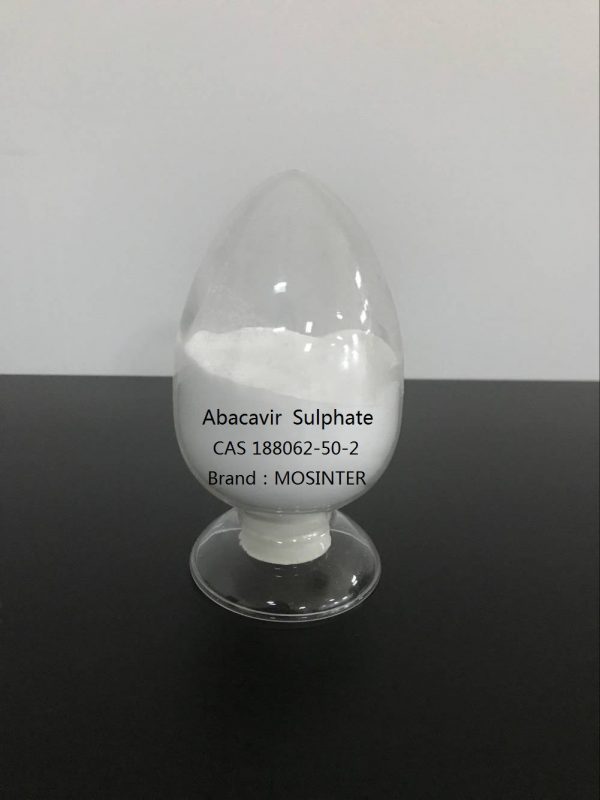
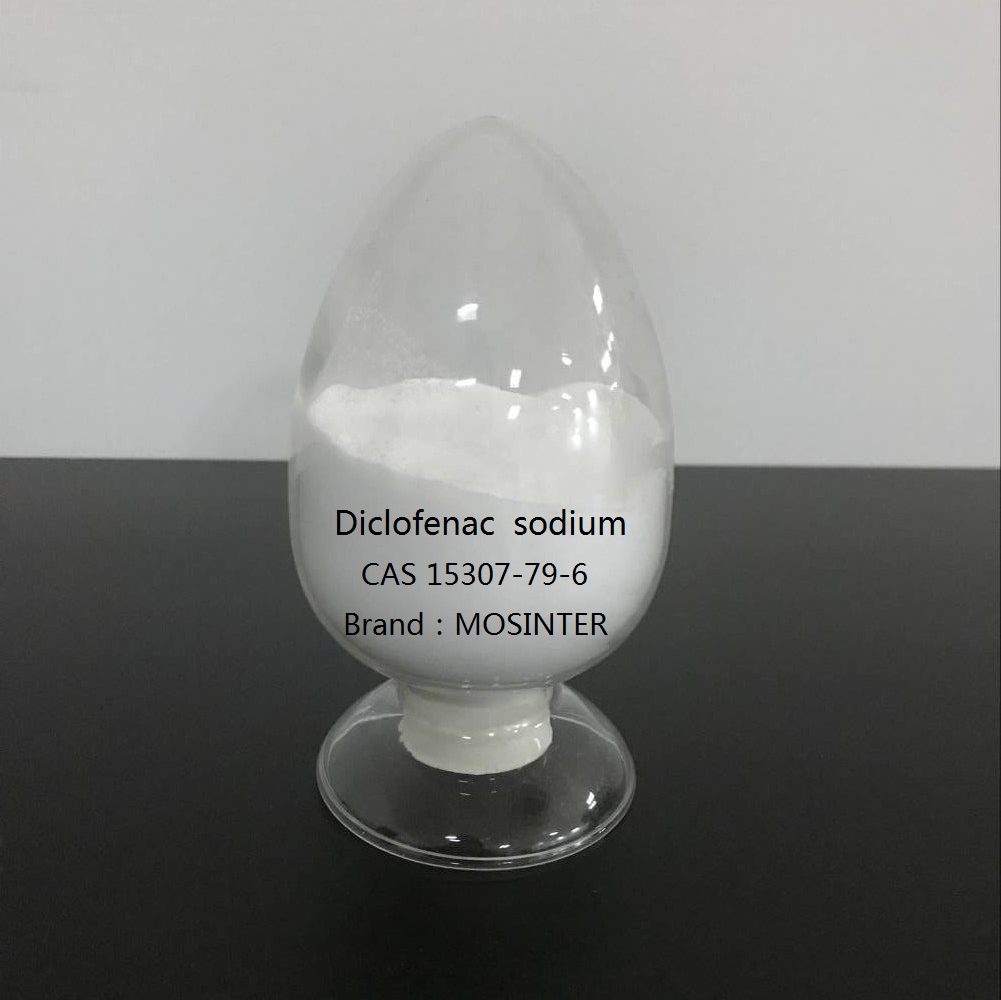
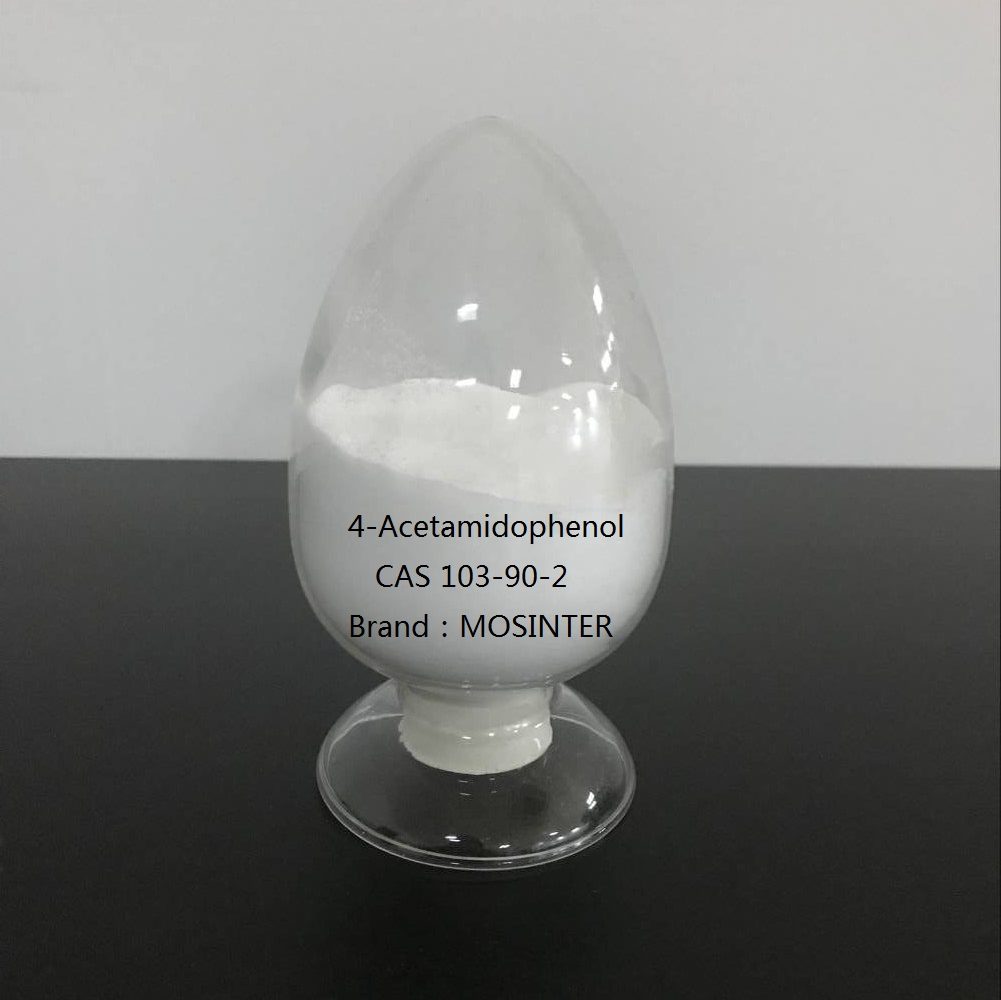
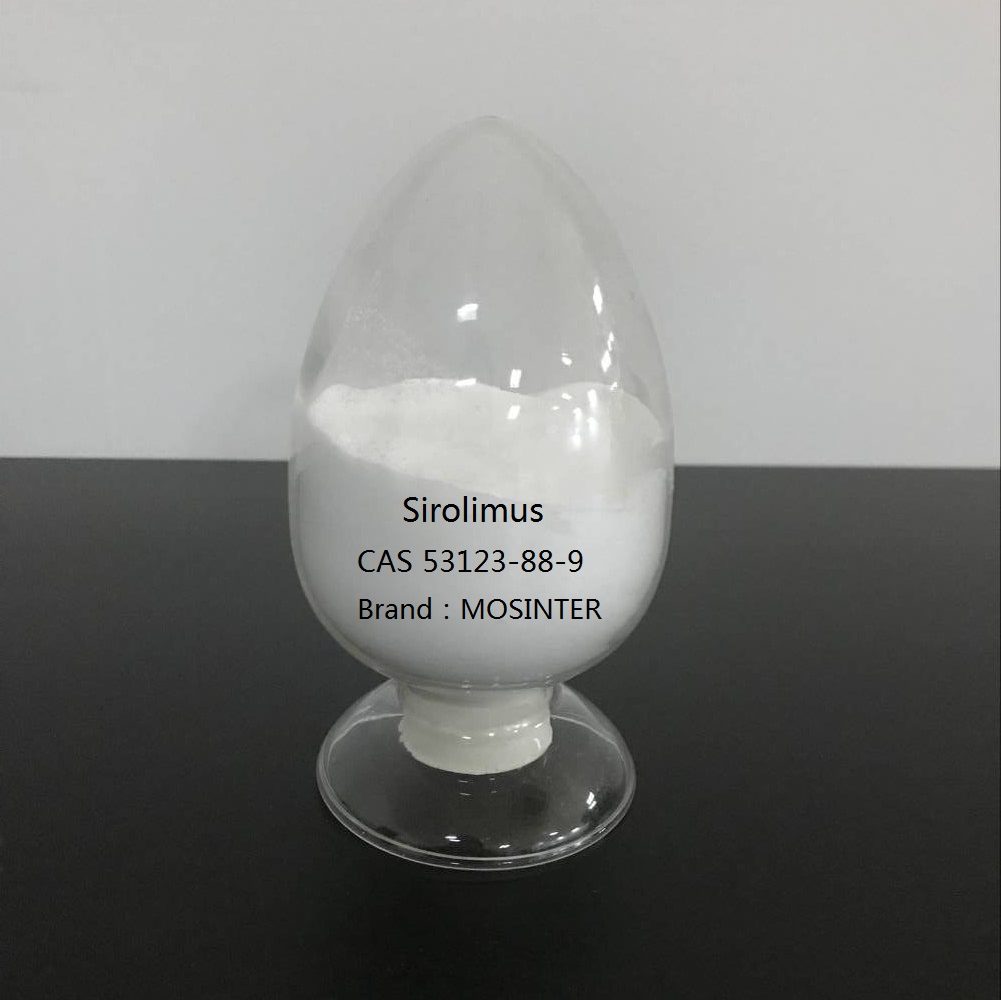
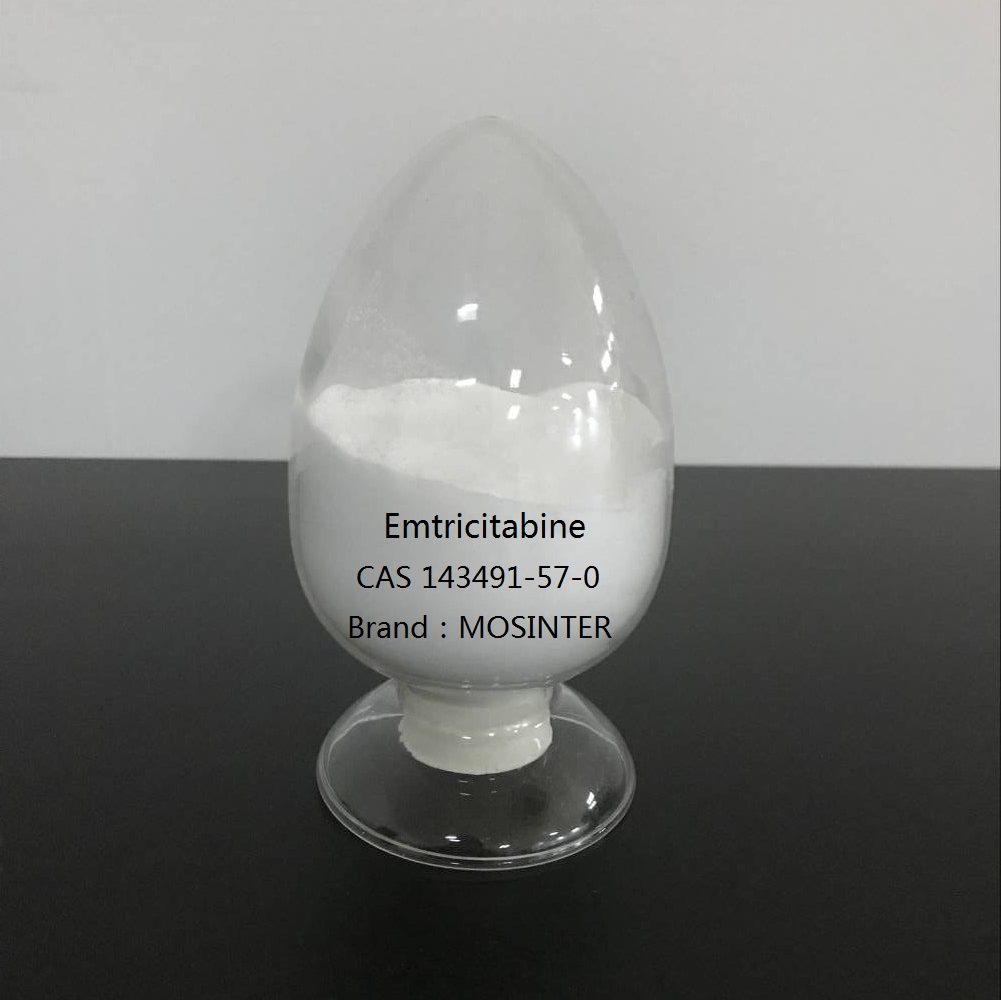
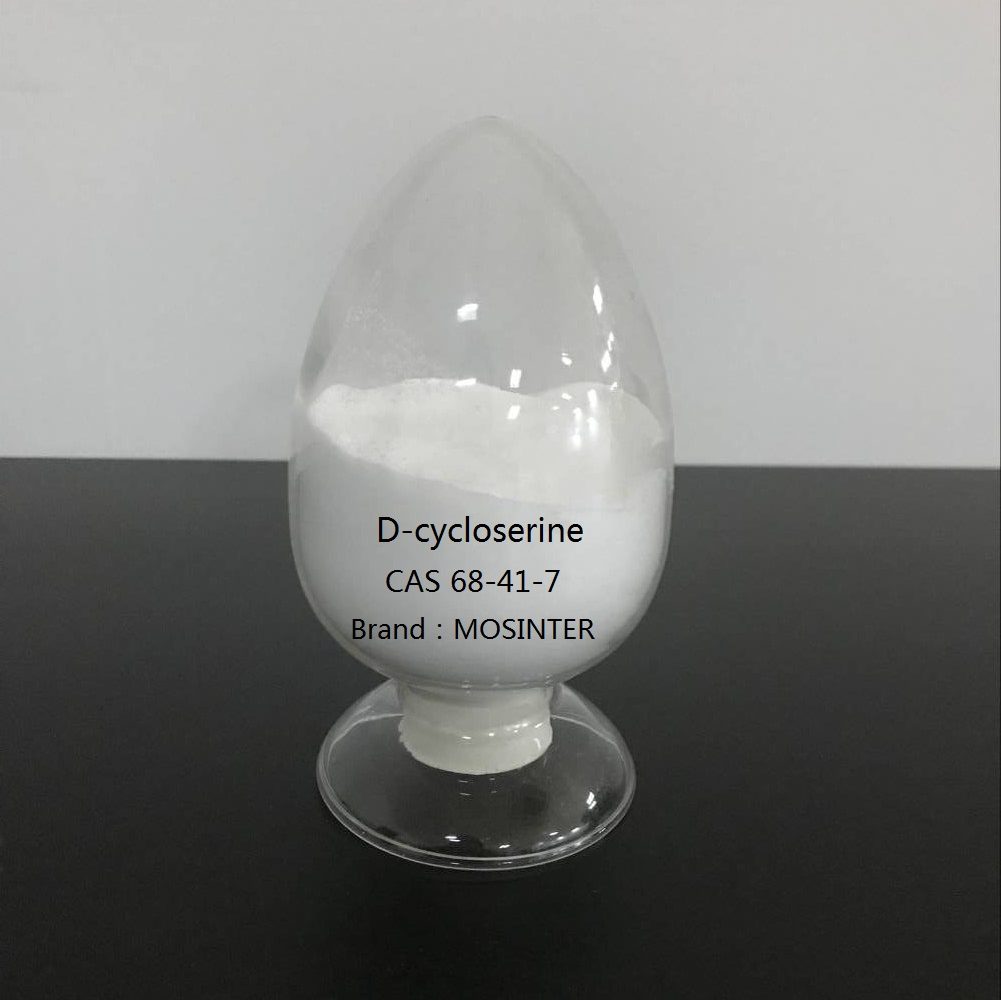
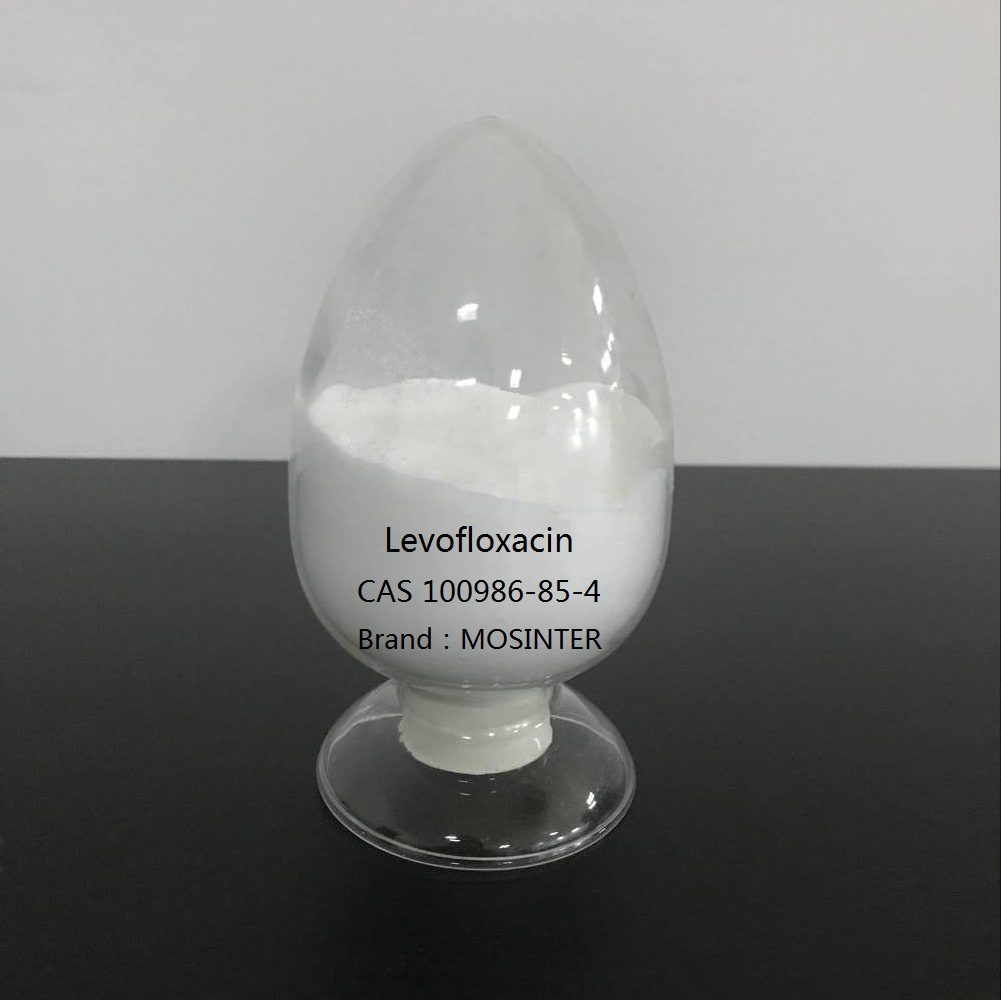
Reviews
There are no reviews yet.